Distinct distal gut microbiome diversity and composition in healthy children from Bangladesh and the United States
- PMID: 23349750
- PMCID: PMC3551965
- DOI: 10.1371/journal.pone.0053838
Distinct distal gut microbiome diversity and composition in healthy children from Bangladesh and the United States
Abstract
Background: Our current understanding of the composition and stability of the human distal gut microbiota is based largely on studies of infants and adults living in developed countries. In contrast, little is known about the gut microbiota and its variation over time in older children and adolescents, especially in developing countries.
Methodology/principal findings: We compared the diversity, composition, and temporal stability of the fecal microbiota of healthy children, ages 9 to 14 years, living in an urban slum in Bangladesh with that of children of the same age range in an upper-middle class suburban community in the United States. We analyzed >8,000 near full-length 16S rRNA gene sequences and over 845,000 pyrosequencing reads of the 16S rRNA V1-V3 region. The distal gut of Bangladeshi children harbored significantly greater bacterial diversity than that of U.S. children, including novel lineages from several bacterial phyla. Bangladeshi and U.S. children had distinct fecal bacterial community membership and structure; the microbiota of Bangladeshi children was enriched in Prevotella, Butyrivibrio, and Oscillospira and depleted in Bacteroides relative to U.S. children (although similar to Bangladeshi adults). Furthermore, community membership and structure in Bangladeshi children was significantly less stable month-to-month than U.S. children.
Conclusions/significance: Together, these results suggest that differing environmental or genetic factors may shape the microbiota of healthy children in the two countries. Further investigation is necessary to understand the mechanisms and factors that underlie these differences, and to incorporate these findings into new strategies for the prevention and treatment of childhood and adolescent diseases.
Conflict of interest statement
Figures
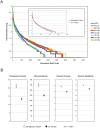
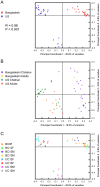
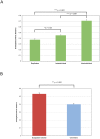
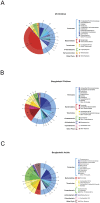
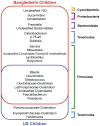
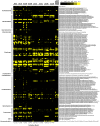

References
-
- UNICEF (2011) Adolescence: an age of opportunity. New York 138.
-
- Humphrey JH (2009) Child undernutrition, tropical enteropathy, toilets, and handwashing. Lancet 374: 1032–1035. - PubMed
-
- Campbell DI, Lunn PG, Elia M (2002) Age-related association of small intestinal mucosal enteropathy with nutritional status in rural Gambian children. Br J Nutr 88: 499–505. - PubMed
Publication types
MeSH terms
Substances
Grants and funding
LinkOut - more resources
Full Text Sources
Other Literature Sources
Molecular Biology Databases

